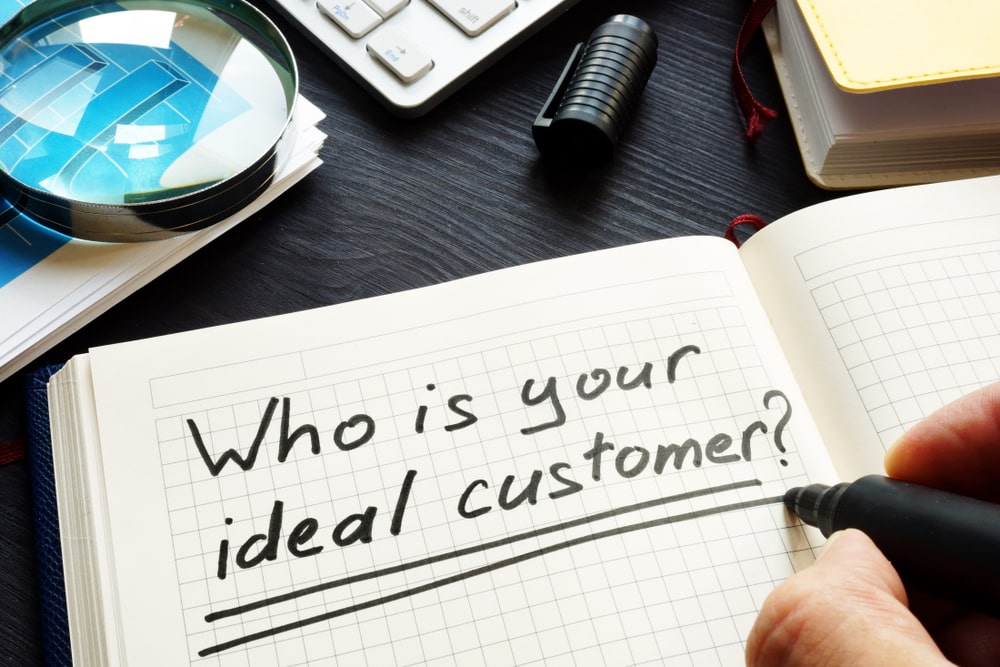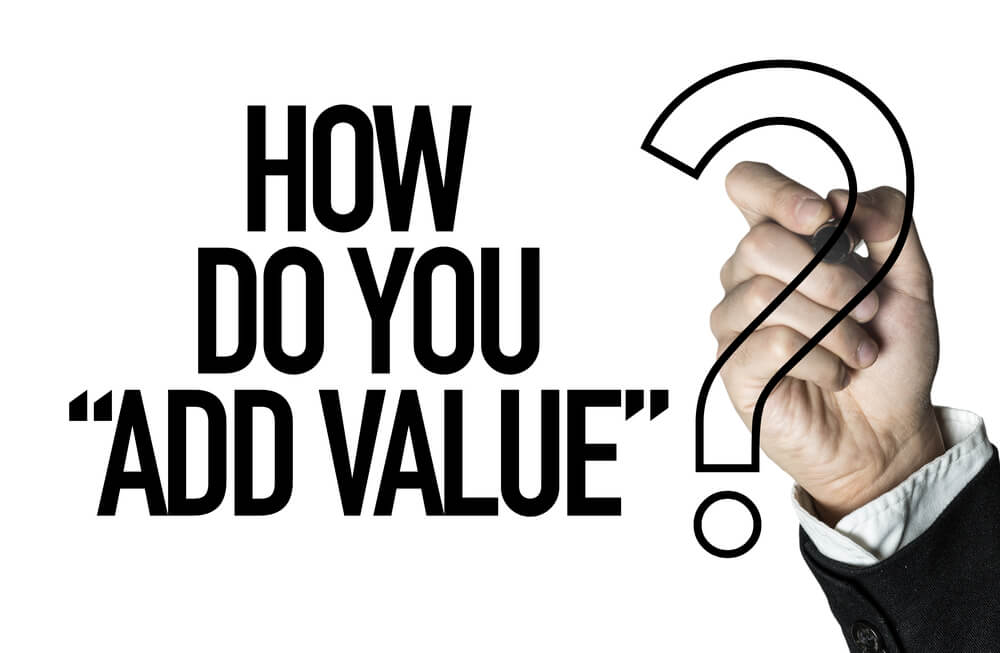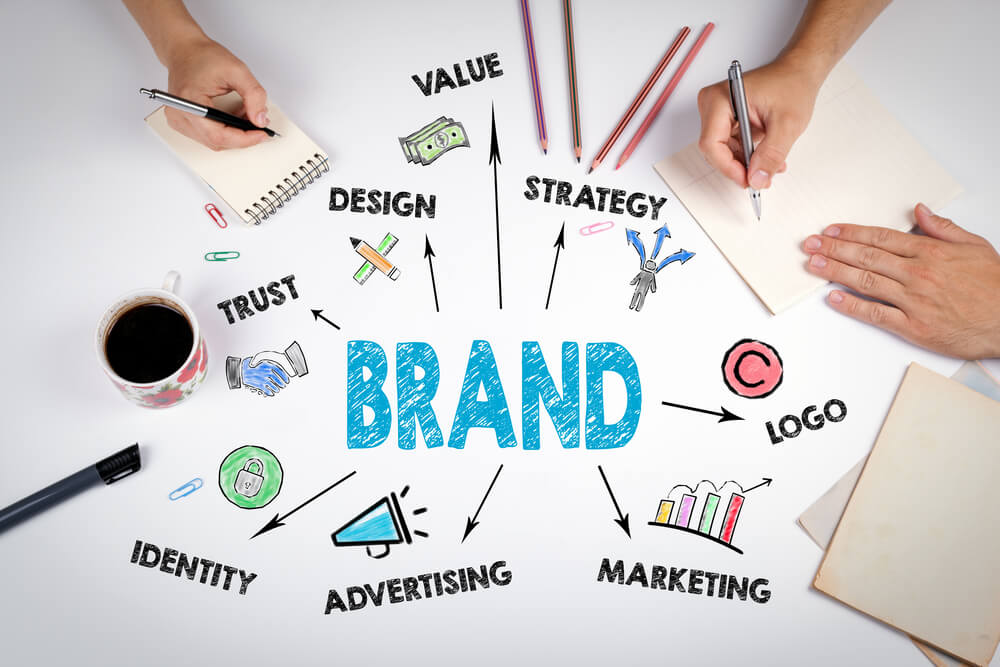
1. Are you interested in growing your business?
This is an incredibly important question. As part of your company’s identity, and in helping to make decisions about the value and investment in marketing, you need to know whether you want to grow as well as how much and how fast you want to grow. Growth is important. It provides many opportunities for your company to add more value to more customers. It provides many opportunities for your staff to progress both professionally and financially. At the same time, commitments and obligations accompany growth, such as recruiting and hiring, training, developing managers, increasing office space, and investing in new and improved equipment. Unless your company is willing to take on these commitments, growth may not be part of its DNA. Ultimately, the desire to grow shapes your company’s goals and is a part of your company’s identity.
The more important growth is for your business, the more important it is to be crystal clear with its identity. When you have clarified your company’s identity and documented it, you have substantially increased the probability of success as you move forward with your marketing efforts.
Growth is important. It provides many opportunities for your company to add more value to more customers. It provides many opportunities for your staff to progress both professionally and financially. At the same time, commitments and obligations accompany growth, such as recruiting and hiring, training, developing managers, increasing office space, and investing in new and improved equipment. Unless your company is willing to take on these commitments, growth may not be part of its DNA. Ultimately, the desire to grow shapes your company’s goals and is a part of your company’s identity.
The more important growth is for your business, the more important it is to be crystal clear with its identity. When you have clarified your company’s identity and documented it, you have substantially increased the probability of success as you move forward with your marketing efforts.
Examples of growth statements or growth goals:
- Our 2019 goal is to experience at least 20% growth in revenue.
- In 5 years, we will be providing our products/services to more than 1,000 companies.
- In 10 years, we will exceed $50 million dollars in annual revenue.
2. What do you do?
 Let’s face it, we don’t all send rockets to the moon. (But if you do, make sure people know you send rockets to the moon!) For the rest of us, we either provide products, services, or some combination of the two. Our goal is to communicate this simply and succinctly.
There is so much value in being concise. There is a saying (the attribution of which includes an impressive list of people), “If I Had More Time, I Would Have Written a Shorter Letter.” It is worth spending the time to write a shorter letter about what your company does. Ideally, you can sum it up in one sentence.
Think of this as the elevator pitch. You step into an elevator, and you happen to meet the CEO of a company you’d love to do business with. The CEO asks, “So what does your company do?” This is your golden opportunity to hit the nail squarely on the head, yet if you have not prepared for this moment, there is a good chance you’re going to blow it with some long-winded, confusing mess of words. Exit the CEO from the elevator as your mumbling and bumbling is greeted by closing doors.
So, get to work on that single sentence. Get ready to hit the drawing board, cross things out, crumple up pages, and fill up your wastebasket. After it’s all said and done, you’ll come away with a simple, refined sentence about what your company does that will help you, your staff, and your customers understand your brand’s identity right away.
Let’s face it, we don’t all send rockets to the moon. (But if you do, make sure people know you send rockets to the moon!) For the rest of us, we either provide products, services, or some combination of the two. Our goal is to communicate this simply and succinctly.
There is so much value in being concise. There is a saying (the attribution of which includes an impressive list of people), “If I Had More Time, I Would Have Written a Shorter Letter.” It is worth spending the time to write a shorter letter about what your company does. Ideally, you can sum it up in one sentence.
Think of this as the elevator pitch. You step into an elevator, and you happen to meet the CEO of a company you’d love to do business with. The CEO asks, “So what does your company do?” This is your golden opportunity to hit the nail squarely on the head, yet if you have not prepared for this moment, there is a good chance you’re going to blow it with some long-winded, confusing mess of words. Exit the CEO from the elevator as your mumbling and bumbling is greeted by closing doors.
So, get to work on that single sentence. Get ready to hit the drawing board, cross things out, crumple up pages, and fill up your wastebasket. After it’s all said and done, you’ll come away with a simple, refined sentence about what your company does that will help you, your staff, and your customers understand your brand’s identity right away.
Examples of what companies do:
- We help businesses accomplish more through the consultative selection, design, implementation and ongoing maintenance of technology.
- We improve the quality of life for seniors by providing caring and attentive companion care services in the comfort of their homes.
- We create innovative energy management materials that help manufacturers control noise, vibration, and temperature.
3. Who do you serve?
 Your company may serve a variety of customers, whether they are individuals (Business to Consumer or B2C) or companies (Business to Business or B2B). As the saying goes, you can’t be all things to everybody, so even if you sell to what seems to be many different types of customers, you must focus on your ideal customer.
Your company may serve a variety of customers, whether they are individuals (Business to Consumer or B2C) or companies (Business to Business or B2B). As the saying goes, you can’t be all things to everybody, so even if you sell to what seems to be many different types of customers, you must focus on your ideal customer.
Who is your ideal customer?
Consider the following variables to help identify the customers who are the lifeblood of your business.- Customers who benefit the most from your products and/or services. These customers place a high value on what you provide because it solves their problems or enables them to achieve their goals.
- Customers that invest more money in your products and/or services. This can be measured by average annual revenue per customer type or the lifetime value per customer type. You should understand these numbers to better understand your ideal customer.
- Other variables exist that may or may not be measurable. For example, it could be that companies in certain industries have fewer questions about your products and require less customer service. Additional resources required to service your customers (especially if there is no additional revenue) must be considered.
Examples of ideal customer descriptions:
- Our ideal customer generates at least $1M in annual revenue, is located in the United States, and believes that technology is a strategic part of their company’s success.
- Our ideal customer is located in the New York City metropolitan area, values how their employees represent themselves to their customers, and has at least 25 employees that require uniforms.
- Our ideal customer is located in the Los Angeles metropolitan area, is growth-oriented, must hire new staff consistently, values their time, and values the expertise of an outsourced recruiting and staffing agency.
4. Why do your customers choose you?
This is a fantastic question to ask yourself. The best people to answer it? Your customers, of course! Ask a representative sample of your best customers two simple questions:- Why did you choose to do business with us initially?
- Why do you continue to do business with us?
 The answers provided by your customers should convey the value you provide. You want to let your prospective customers know the value they will receive by working with your company, which is often referred to as your value proposition. You may have heard of the 3 categories, Faster, Better, Cheaper. Value may be lumped into one of these categories, yet you want to be specific. Define how the value your company provides is unique from your competitors and other choices your customer may have (i.e. doing it in-house or not doing it at all). As such, this should differentiate you from your competition.
The answers provided by your customers should convey the value you provide. You want to let your prospective customers know the value they will receive by working with your company, which is often referred to as your value proposition. You may have heard of the 3 categories, Faster, Better, Cheaper. Value may be lumped into one of these categories, yet you want to be specific. Define how the value your company provides is unique from your competitors and other choices your customer may have (i.e. doing it in-house or not doing it at all). As such, this should differentiate you from your competition.
Examples of Why Your Customers Choose You:
- Our customers choose us because we respond immediately to their needs, we understand the challenges in their industry, and we implement technology solutions that solve problems.
- Our customer choose us because we always have inventory in stock and our turnaround time is half that of our competitors.
- Our customers choose us because the quality of our raw materials and manufacturing process extends product life by 50%.
5. Your brand identity is clear. So what’s next?
By this point, we have covered the following for your company:- The importance of growth
- What your company does (in one simple sentence)
- The specific qualities of your ideal customer
- The value you provide to your customers that differentiates you
 You might be asking yourself, “So, what do I do next?”
Now you are ready to begin communicating with your prospective customers through a well-crafted marketing plan. The foundation for your marketing plan is your brand identity. Your identity should shine through in all of your brand assets such as your logo, website design, business cards, brochures, presentation slide decks, and sales proposals. Additionally, your identity should be consistent and clear in all of your communications such as your website content, corporate social media pages and posts, ad copy, blog articles, email content, and email signatures.
To ensure consistency throughout all of your content and communications, create a brand library that can be referenced and followed.
Your identity provides traction for your marketing plan. It gets your wheels out of the deep sand and onto the well-paved road leading to your business growth goals.
You might be asking yourself, “So, what do I do next?”
Now you are ready to begin communicating with your prospective customers through a well-crafted marketing plan. The foundation for your marketing plan is your brand identity. Your identity should shine through in all of your brand assets such as your logo, website design, business cards, brochures, presentation slide decks, and sales proposals. Additionally, your identity should be consistent and clear in all of your communications such as your website content, corporate social media pages and posts, ad copy, blog articles, email content, and email signatures.
To ensure consistency throughout all of your content and communications, create a brand library that can be referenced and followed.
Your identity provides traction for your marketing plan. It gets your wheels out of the deep sand and onto the well-paved road leading to your business growth goals. 

